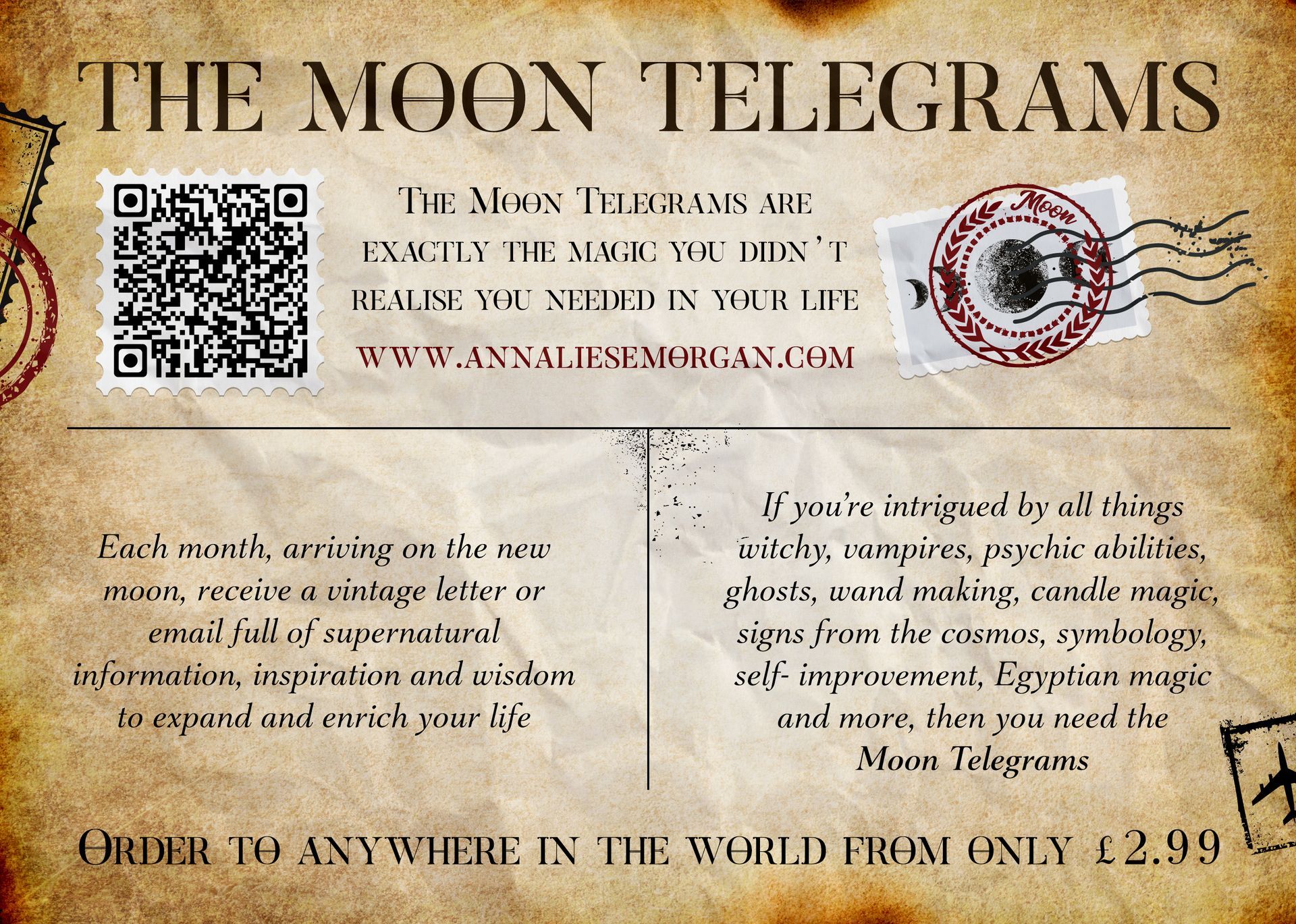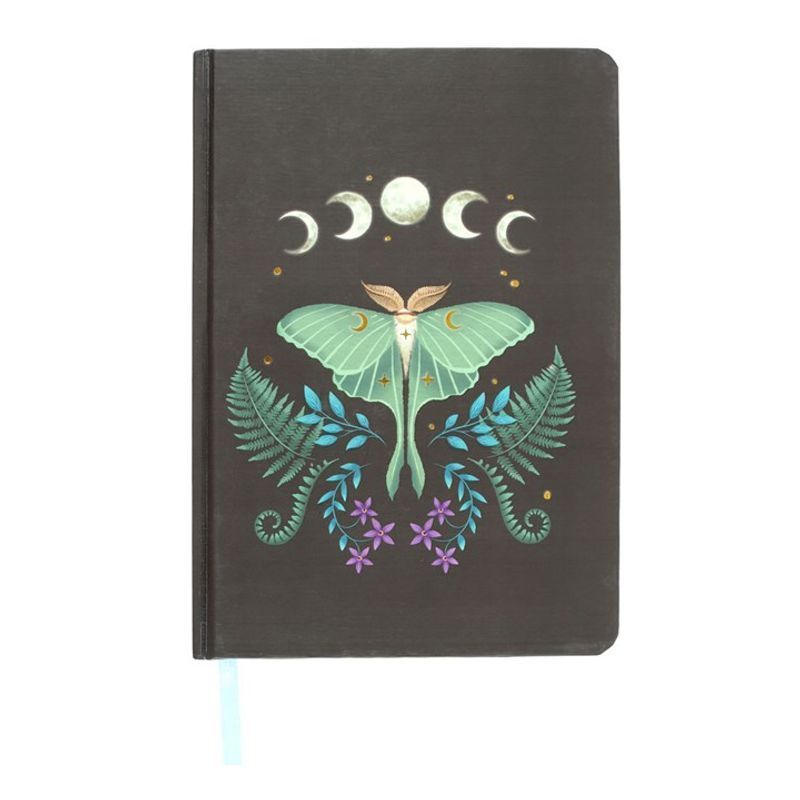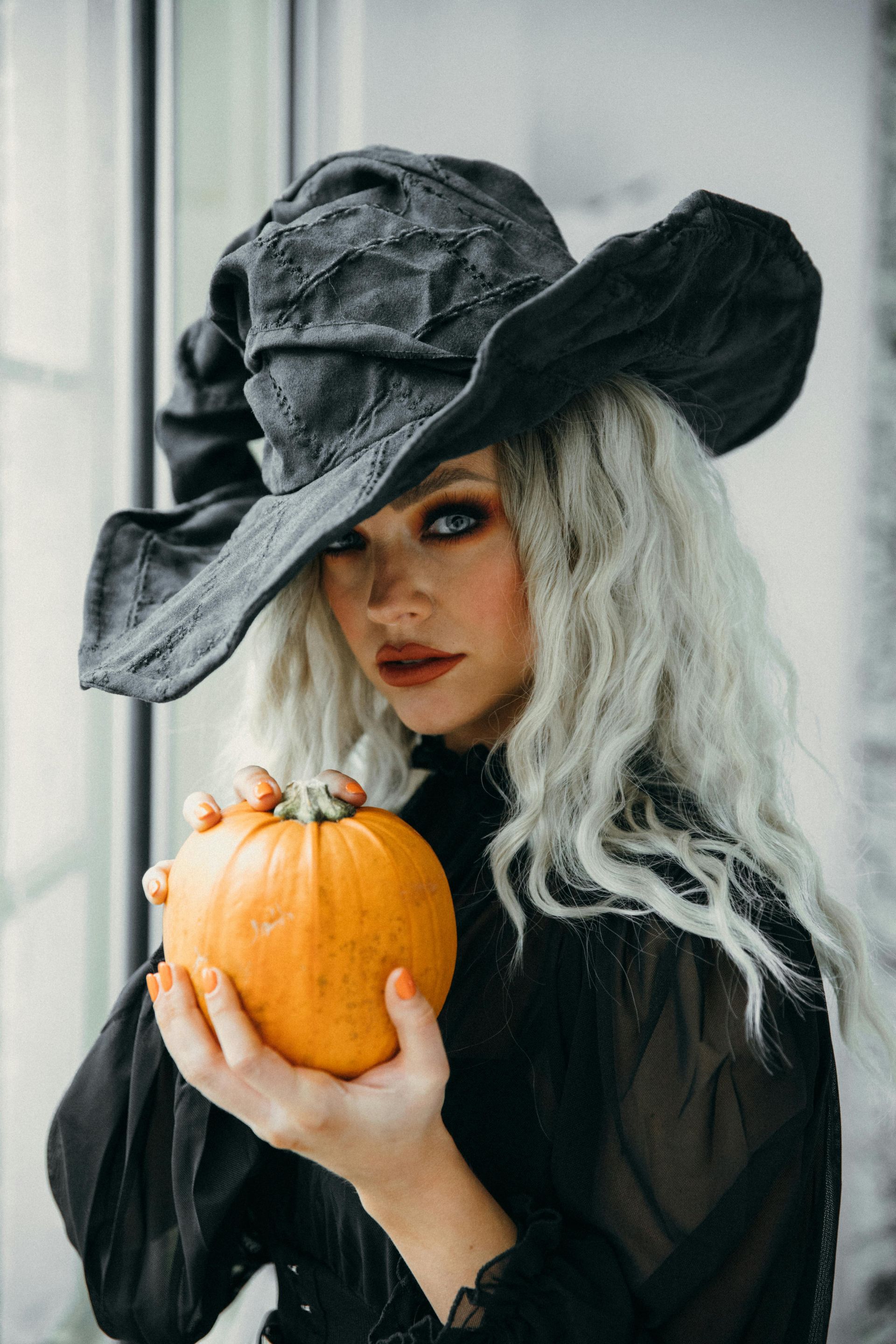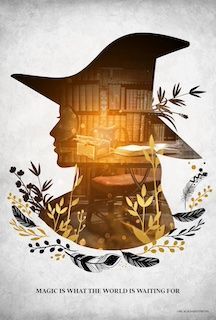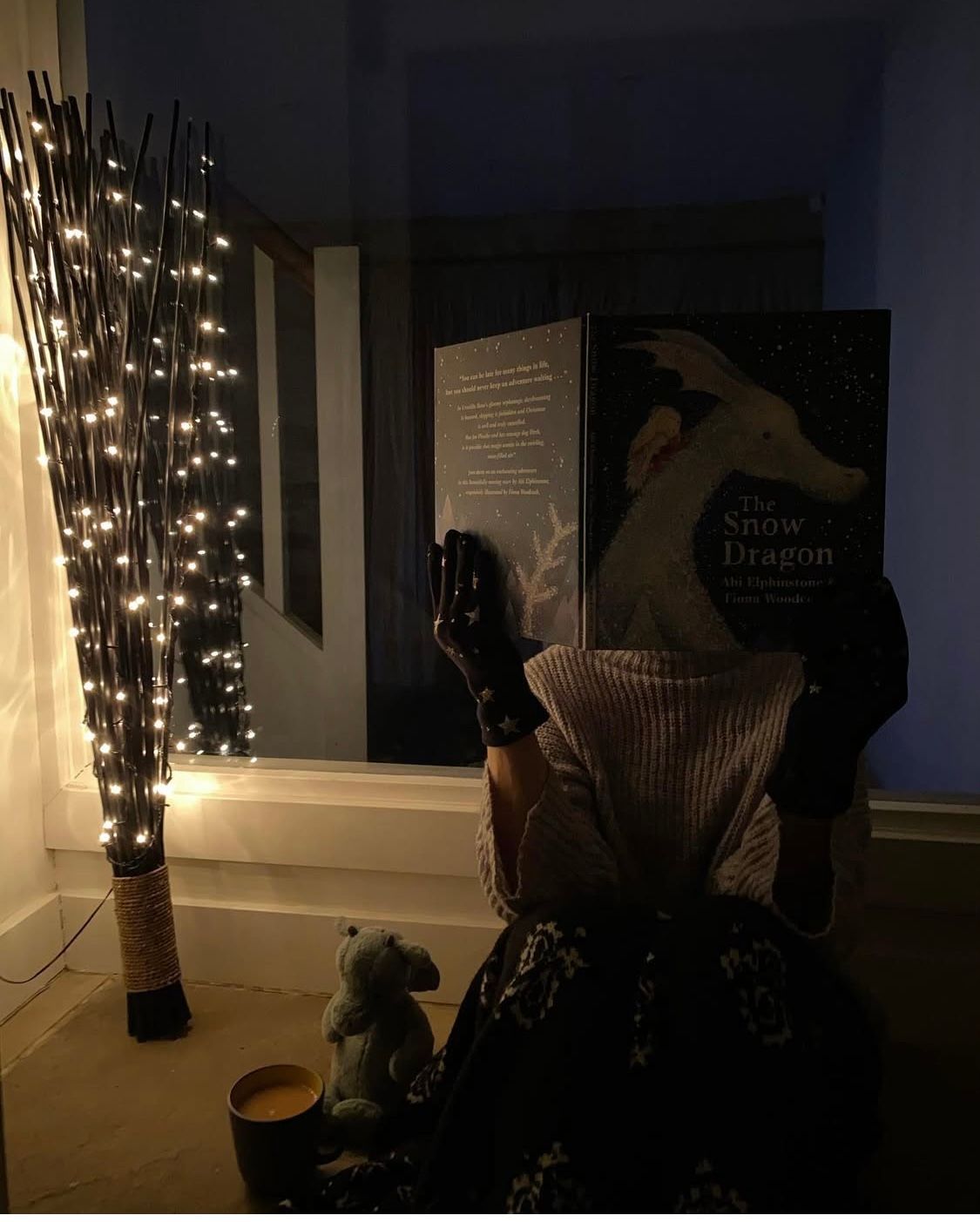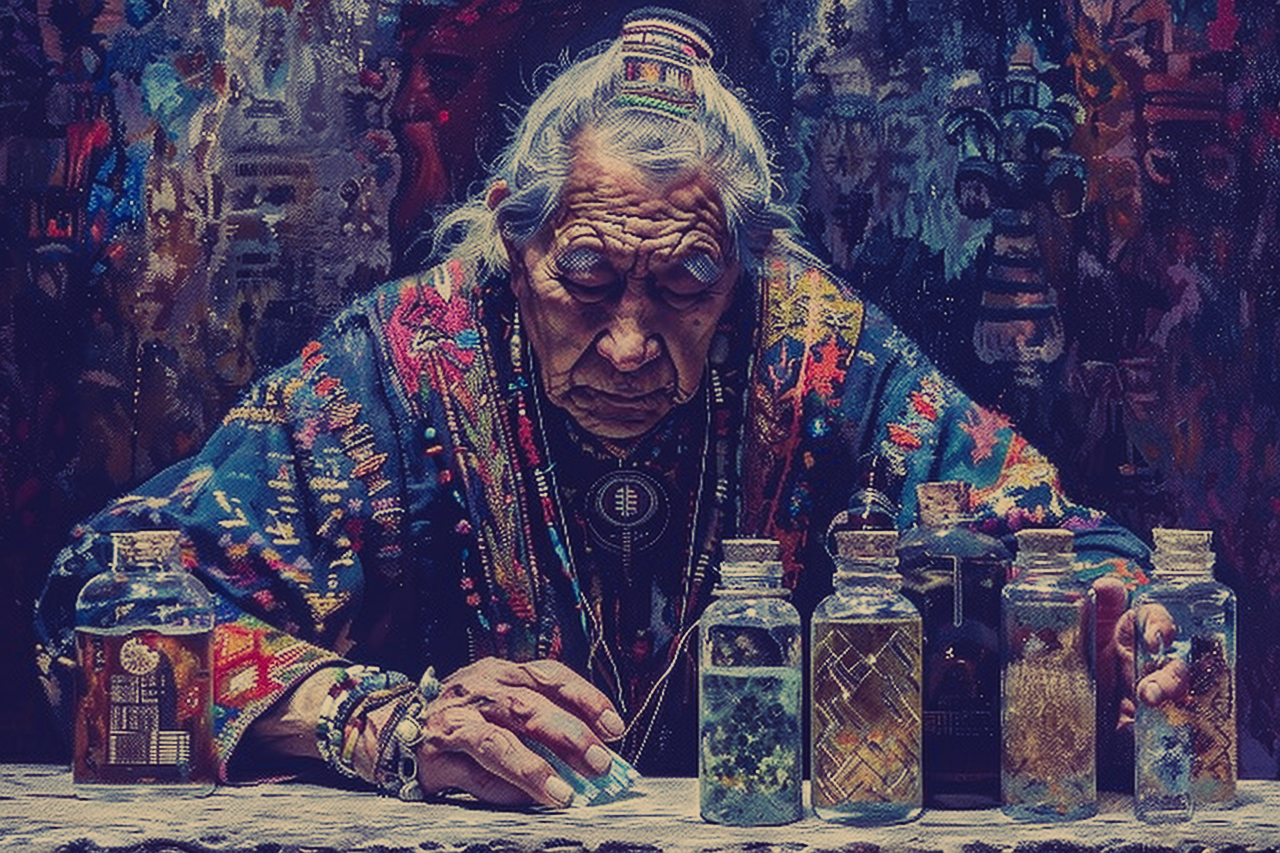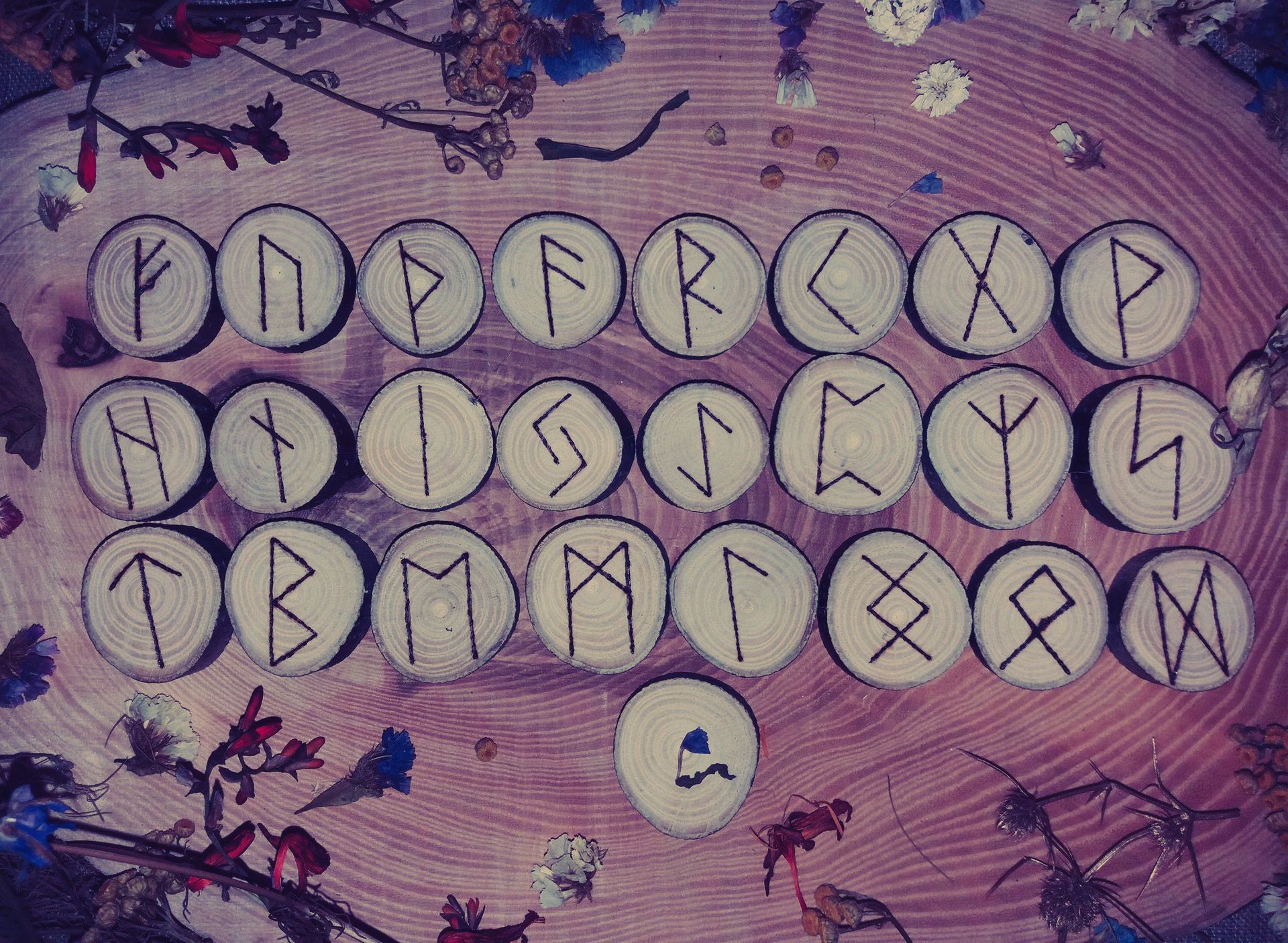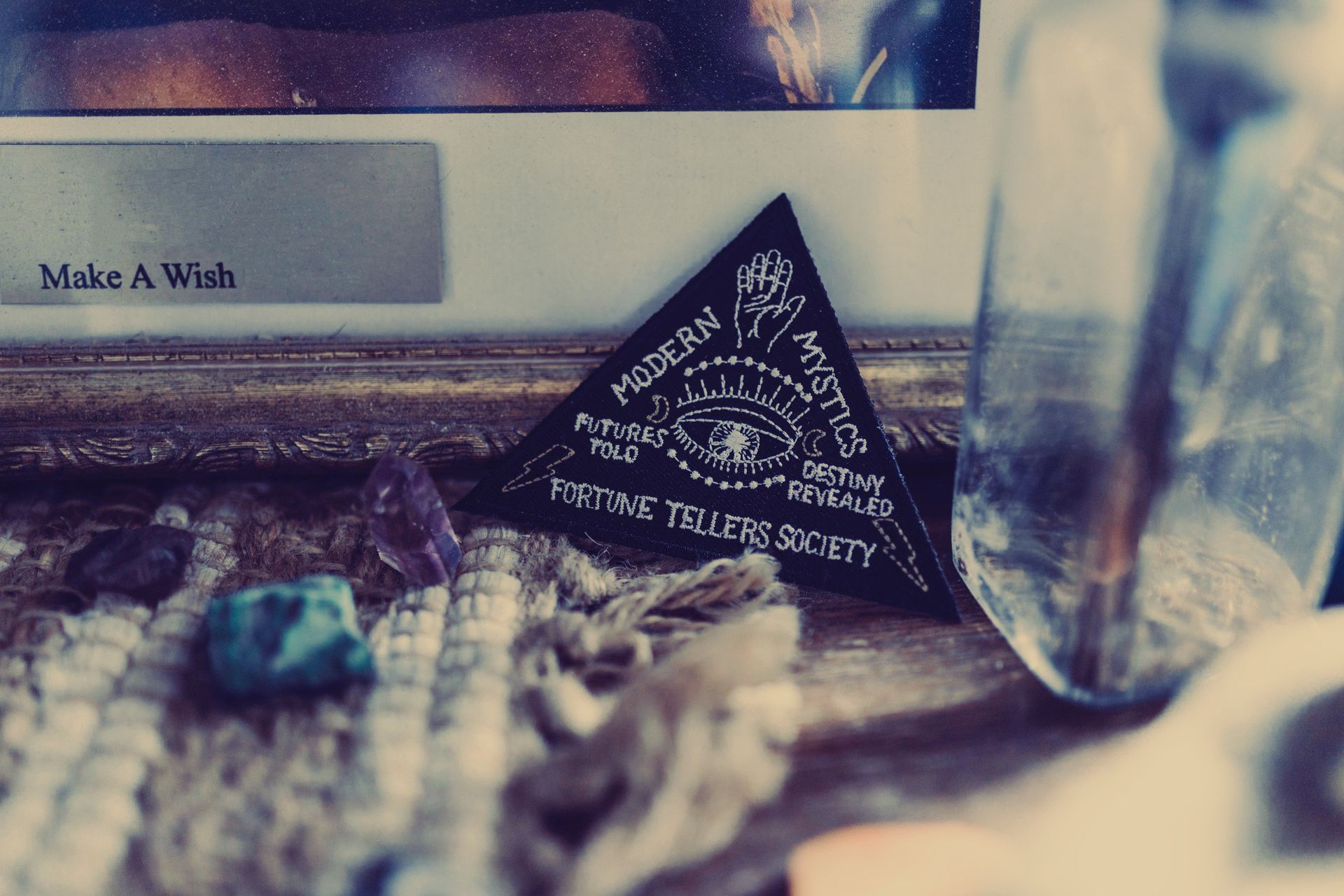The sorcerers Post
Hello everyone, and welcome to another post. If you are new here my name is Annaliese and I bring magic into real life. Today I have a teaching post for you about the moon. The Moon is one of my favourite things in the sky yet have you ever wondered what all the moon names mean?
But first, if you enjoy my work, please subscribe to my newsletter and be sure to check out my books and the Moon Telegrams.
What do the Moon Names Mean?
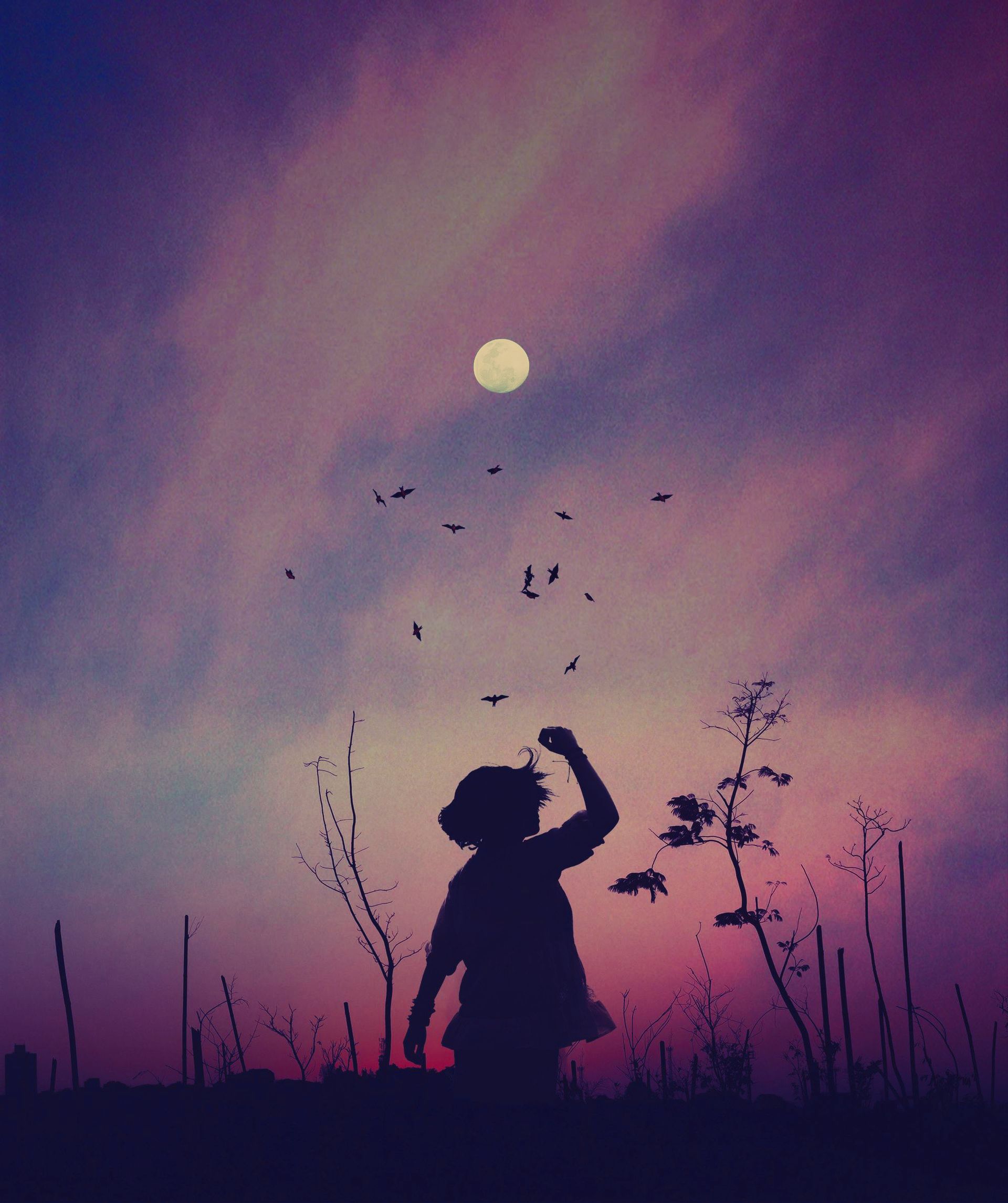
Photo by Pexels
Names have been given to full moons for thousands of years to serve as a way to track the passing of time and mark significant events in nature, such as seasonal changes. It originated from the Native Americans, who used the lunar cycles essentially as their calendar. Depending on the tribe, either 12 or 13 moons were assigned to the year.
Whilst we no longer use the moon in this way, at least in Western society, the full moons’ names, meanings and significance are used extensively in the modern day to provide depth and guidance to our lives. Many people use the full moon in rituals… to let old and worn-out matters of the soul go to help manifest new, for example. Often the intention complements the magic of a particular full moon, a demonstration of this could be – letting go of old negative beliefs about money at the Harvest Moon (September), as this moon signifies the gathering of crops (abundance).
* This post may contain affiliate links. Please read our
disclosure statement
for more info
Here are the names of the full moons for each of the 12 months, along with their meanings.
January
Wolf Moon
Also known as Old Moon and Ice Moon, it is named after the howling of hungry wolves, following the lack of food in winter.
February
Snow Moon
Also known as Storm Moon and Hunger Moon,
This moon represents the cold weather and heavy snowfall typical of North America during February.
March
Worm Moon
Also known as the Chaste Moon, Death Moon, Crust Moon and Sap Moon
Called the worm moon after the reappearance of worm trails signifying newly thawed ground. It is the last full moon of the winter.
April
Pink Moon
Also known as the Sprouting Grass Moon, the Egg Moon, and the Fish Moon.
Named after the early blooming of pink wildflowers such as phlox.
May
Flower Moon
Also known as the Hare Moon, the Corn Planting Moon, and the Milk Moon.
Many cultures, as well as the Native Americans, refer to May's full moon as the flower moon. This is due to the abundant blooms and blooming activity which occurs at spring gets into action.
June
Strawberry Moon
Also known as the Rose Moon and the Hot Moon
Refers to the ripening and harvesting of strawberries and the beginning of the summer heat.
July
Buck Moon
Also known as the Hay Moon and Thunder Moon.
Named after male deer (bucks) as they shed the antlers every year, then in July, they begin growing a new pair. Summer storms often occur in this month, hence the name Thunder Moon.
August
Sturgeon Moon
Also known as the Green Corn Moon, the Grain Moon, and the Red Moon
North American fishing tribes named this moon so, due to the abundance of sturgeon fish in lakes and rivers during this month. The Sturgeon Moon can often take on a reddish hue in the summer haze too.
September
Full Corn Moon or Harvest Moon
Also known as the Barley Moon
September's full moon is so called, to reflect the gathering of corn and other crops at the end of the summer season. It is a bright moon and rises early, traditionally allowing farmers to continue harvesting into the night.
October
Hunter's Moon
Also known as the Travel Moon and Dying Grass Moon.
The Hunter’s Moon marks the time for hunting game (deer and fox for example, as they cannot hide in bare fields following the previous harvesting). This is in preparation for winter ahead. Like the moon in September, the Hunter’s moon is also bright and long to help hunters stalk prey at night.
November
Beaver Moon
Also known as the Frost Moon.
There are two schools of thought on why this moon is called Beaver. Some say it is because fur trappers set their traps at this time, others say it reflects the time when beavers build their lodges and winter damns.
December
Cold Moon
Also known as the Long Night Moon and the Oak Moon.
The coming of winter and the long cold nights.
Have fun with this and I hope you love the moon (and stars) as much as I do. If you would like to learn about the full moon names and the Native Americans there is a helpful article here by Space
Spreading the sorcery love,
Annaliese
The moon is a fantastic symbol to use in your life, with both the new and full moons being perfect times for creating rituals and setting new intentions.
This Luna Moth journal is ideal for documenting your wishes, thoughts and results.
